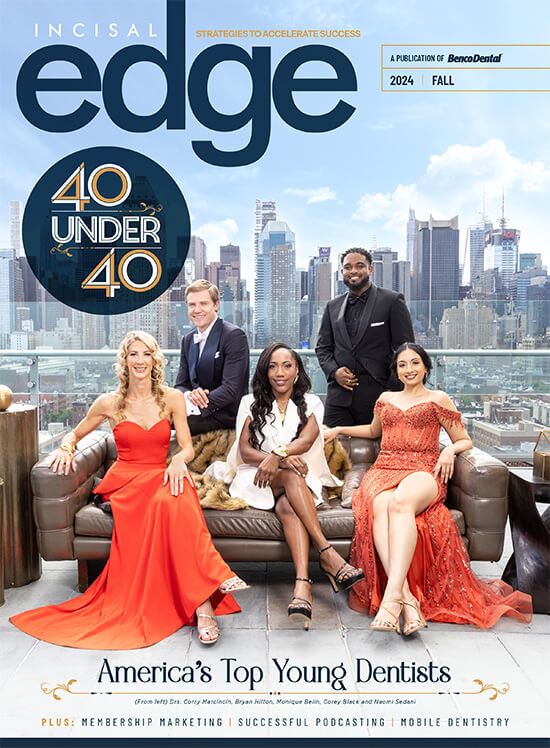When it comes to sterilization—an even more prevalent concern as we work to emerge from the pandemic—hospitals take a highly beneficial extra step that most dental practices don’t.
Think of your practice as a restaurant, and the stericenter as its kitchen. You can build the most beautiful dining room in the world, but if the kitchen can’t keep up with demand, your eatery is going to start losing customers—and money. It’ll also start causing problems with hiring and team retention. After all, a good chef doesn’t want to work in a kitchen that’s frustratingly inefficient. Servers don’t want to make dozens of unnecessary trips back and forth to check on their orders.
Safety and compliance could also be at issue. If you’re taking any shortcuts to compensate for your kitchen, a drop in cleanliness could cause food-borne illness, and team members might even be at risk for injuries. As you can see, a restaurant’s kitchen should be the first thought, not an afterthought … just like your practice’s stericenter.
Hospitals use the same workflow as dental practices, but with one important difference: They confine cleaning and decontamination to a closed, dedicated room with negative air pressure. Why? For the same reason our hypothetical restaurant’s kitchen keeps the dirty dishes away from all the fresh food.
The dental industry has adopted sterilization best practices per the federal Centers for Disease Control and Prevention, which recommends a safe, dirty-to-clean workflow. To accomplish this, sterile processing is divided into four steps.
- Receiving, cleaning and decontamination: Debris and contaminants are removed through scrubbing and ultrasonic cleaning.
- Preparation and packaging: Instruments are sorted and wrapped for sterilization.
- Sterilization: Instruments are loaded, processed and cooled in a mechanical sterilizer.
- Storage: Wrapped instruments are kept safe from contaminants in a closed cabinet.
While dentists aren’t required to follow the same guidelines hospitals do, it’s beneficial to do so if you can, as it enables staff to retrieve clean instruments and supplies without entering sterilization, thereby reducing the risk of cross-contamination via air or surfaces. If you can confine steps 1 through 3 to a closed room, you’re not only locking away all the dirty stuff, you’re also driving one-way traffic to further increase efficiency. Closed spaces boost the effectiveness of air purifiers, so you can cost-effectively use freestanding air purifiers to achieve negative air pressure and exhaust contaminated air.
Step 4 can conform to hospital standards if you use a simple pass-through window from your “dirty” room to your adjacent clean storage area. It doesn’t have to be a room-size area, necessarily, just large enough to accommodate the storage of clean cassettes in dedicated cabinetry. Hospital standards dictate that the clean storage room should contain positive air pressure, or an increased supply of clean air relative to surrounding rooms.
Is adopting hospital standards overkill? Infectious-disease experts are already warning of the next pandemic, so maybe not. Is it possible for every practice? Of course not, especially if you’re in a big city. You need a 12-foot stericenter, but you might have only eight feet to spare. However, while taking a “do it once, do it right” approach costs more upfront, you’ll also be more likely to remain safe and stay compliant with OSHA, CDC, state and local guidelines and standards—through whatever infection-control challenges you might face. n
MELISSA SPRAU, NCIDQ manages Benco Dental’s team of CenterPoint designers. A graduate of Moore College of Art & Design, she has more than 12 years’ experience in facilities planning for a large health-care system and interior design with several architecture firms.




